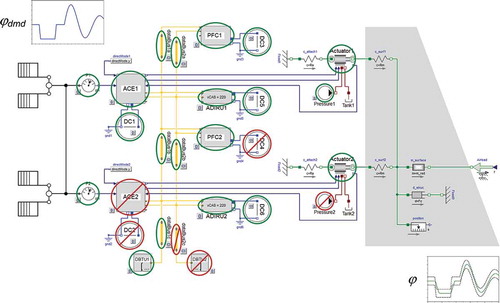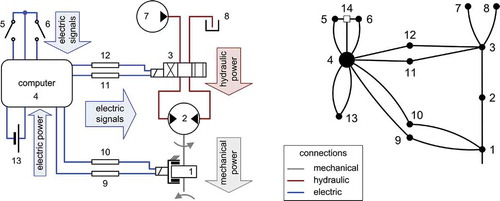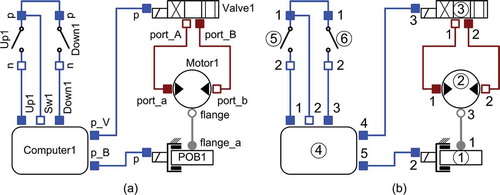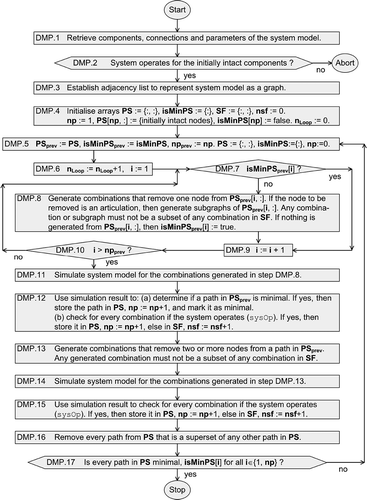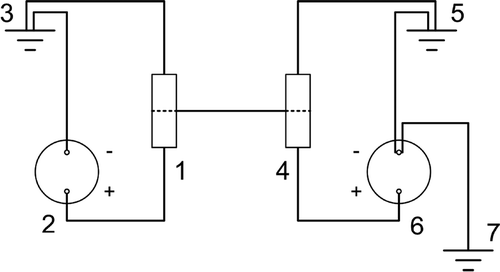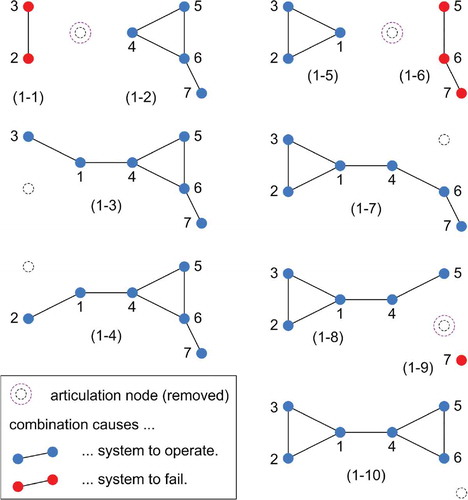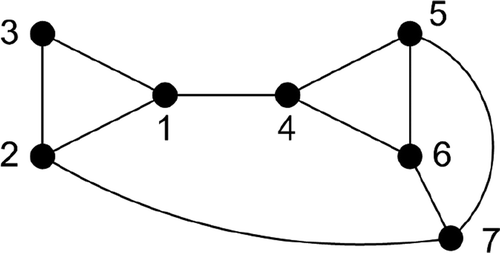Figures & data
Figure 3. Simulation of a flight control surface deflection angle . System operates = sysOp for
. System failure = not sysOp for
,
.
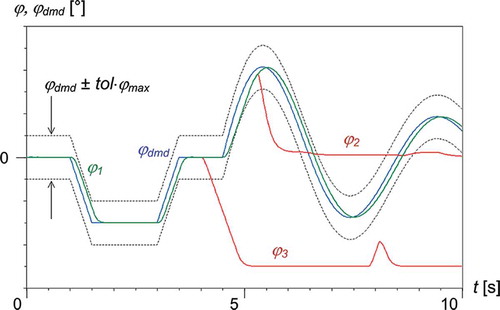
Figure 10. Graph (a) of electric heating circuit shown in Figure 9 and its three minimal paths (b), (c), (d) .
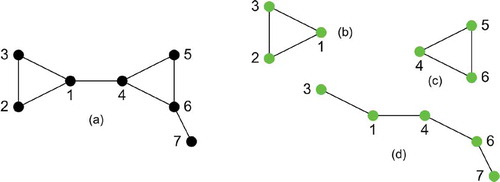
Table 1. Combinations tested (by simulation of system model) at initial stage of detection process.
Table 2. Path set after initial stage of detection process.
Table 3. Combinations tested during first iteration of detection process.
Table 4. Combinations tested during first iteration that remove two non-articulations from PSprev[1,:].
Figure 12. Combinations tested during first iteration that remove two non-articulations from PSprev[1,:].
![Figure 12. Combinations tested during first iteration that remove two non-articulations from PSprev[1,:].](/cms/asset/97879724-21bb-4a86-ac10-fc8dd947c1ef/nmcm_a_1298624_f0012_oc.jpg)
Table 5. Path set PS and combinations that cause system failure SF, as existent after first iteration of detection process.
Figure 13. Path set PS and combinations that cause system failure SF, as existent after first iteration of detection process.

Table 6. Combinations tested during second iteration of detection process.
Table 7. Path set PS and combinations that cause system failure SF, as existent after second iteration of detection process.
Figure 14. Path set PS and combinations that cause system failure SF, as existent after second iteration of detection process.
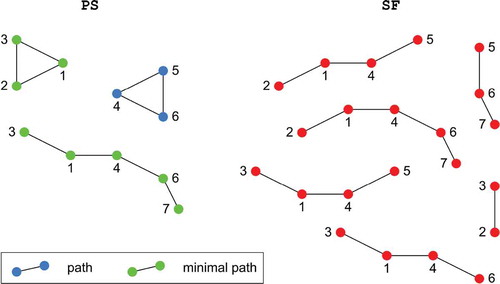
Table 8. Third iteration of detection process (no combinations tested).
Table 9. Minimal path set detected after third iteration of the process.
Table 10. Comparison of effort of minimal path set detection for three cases.

